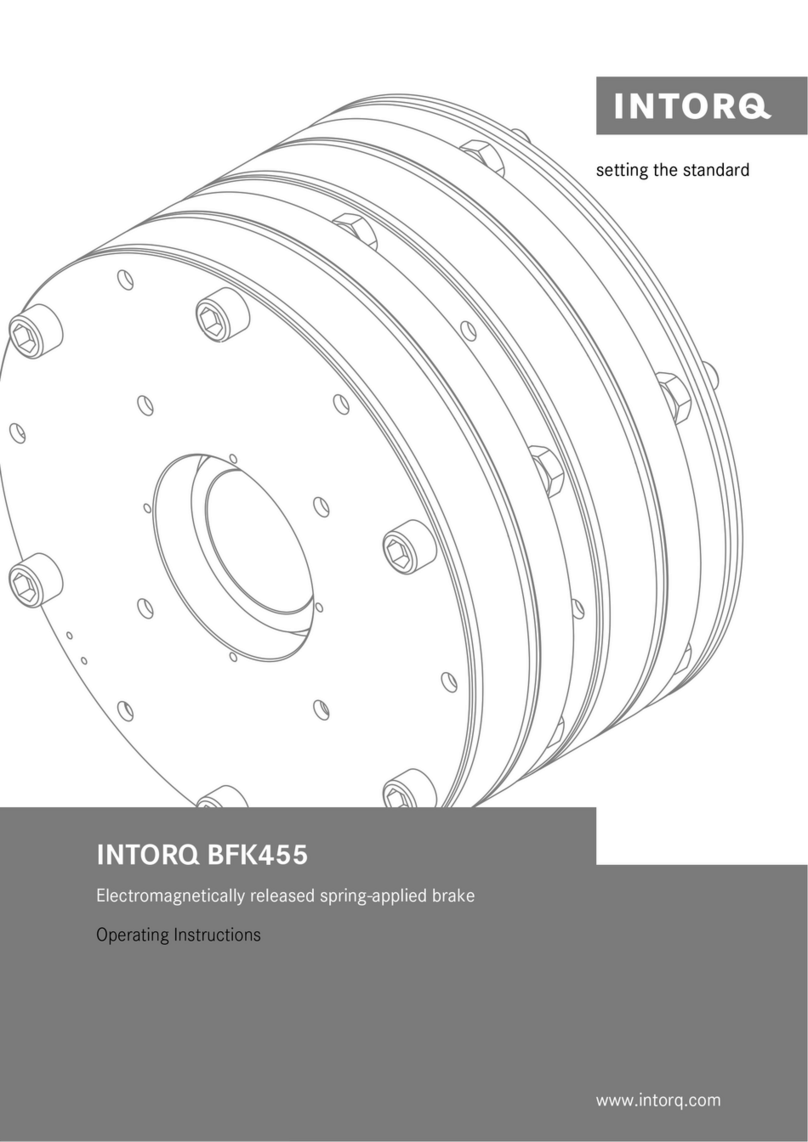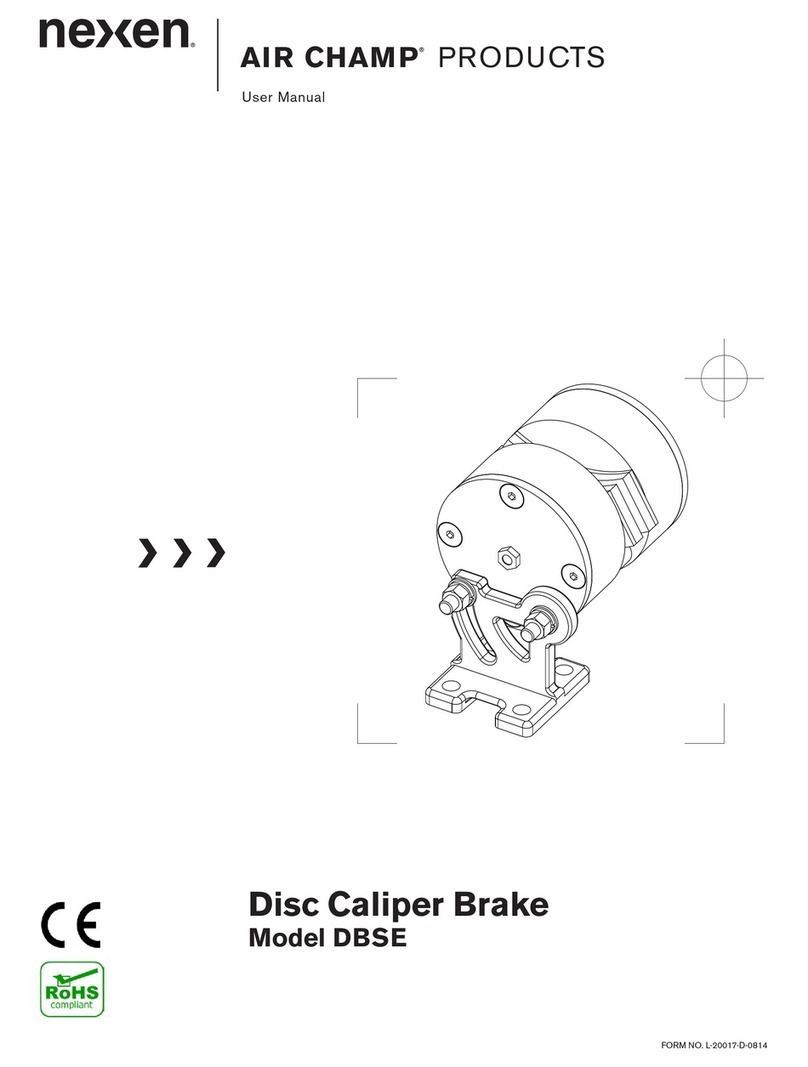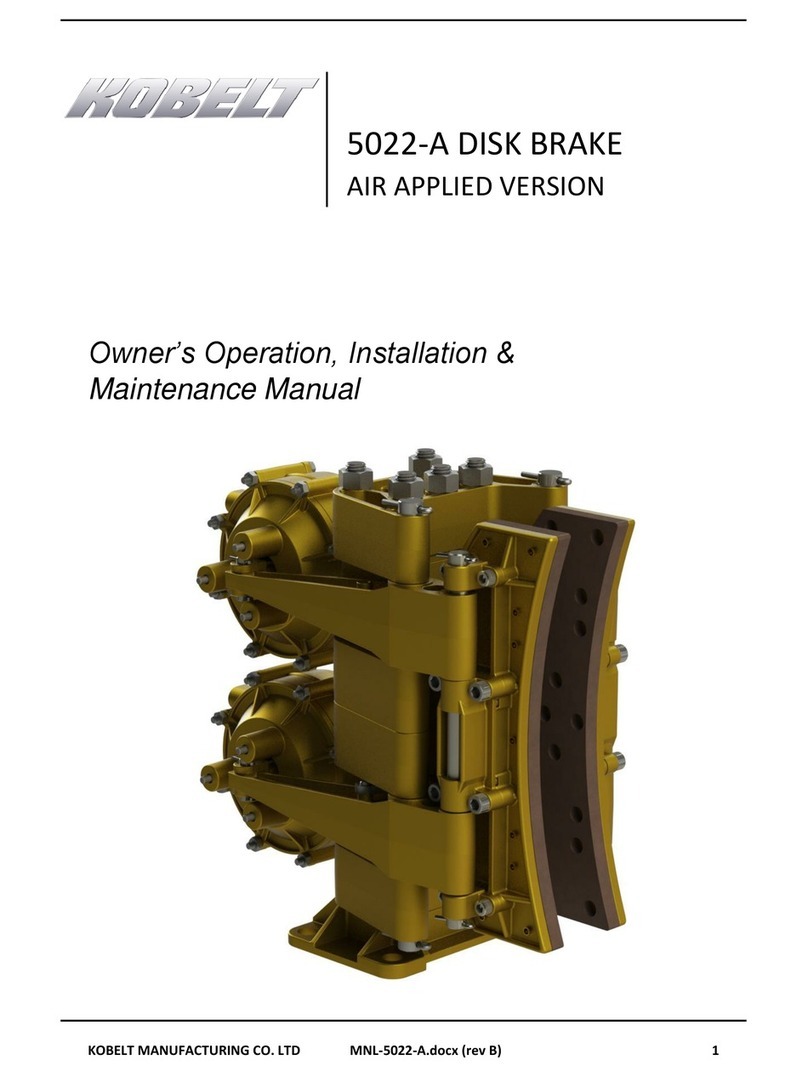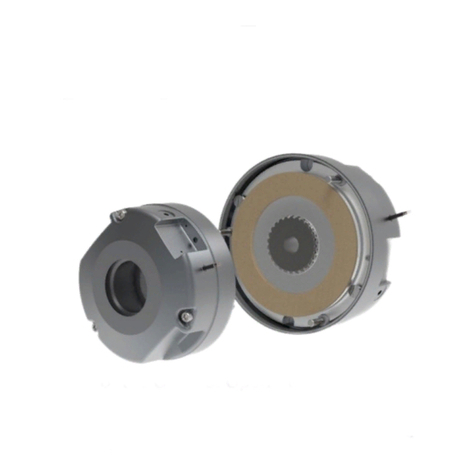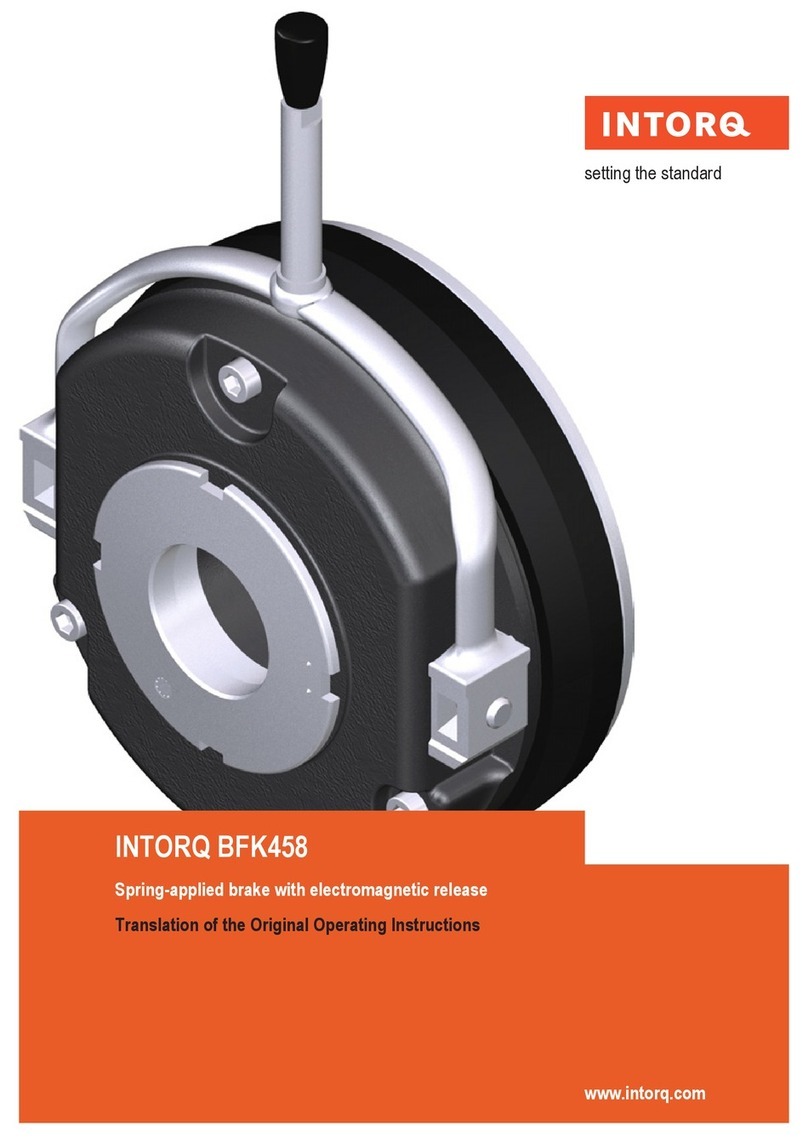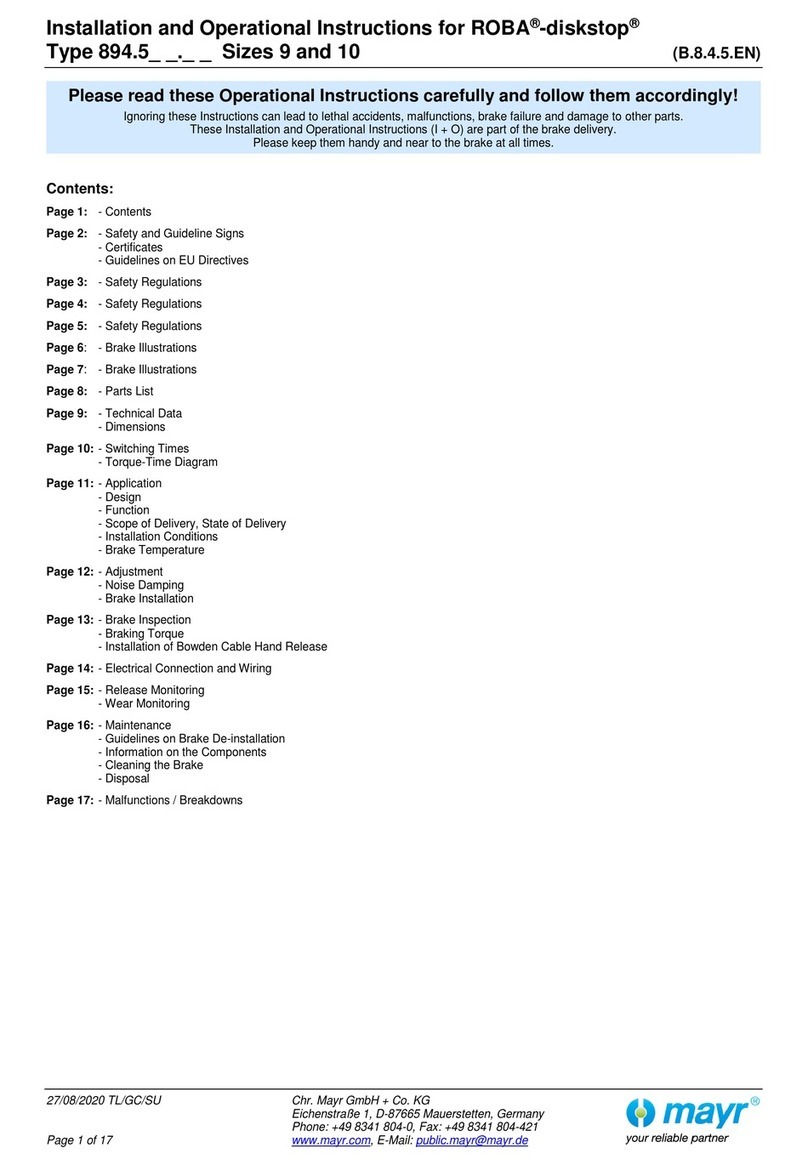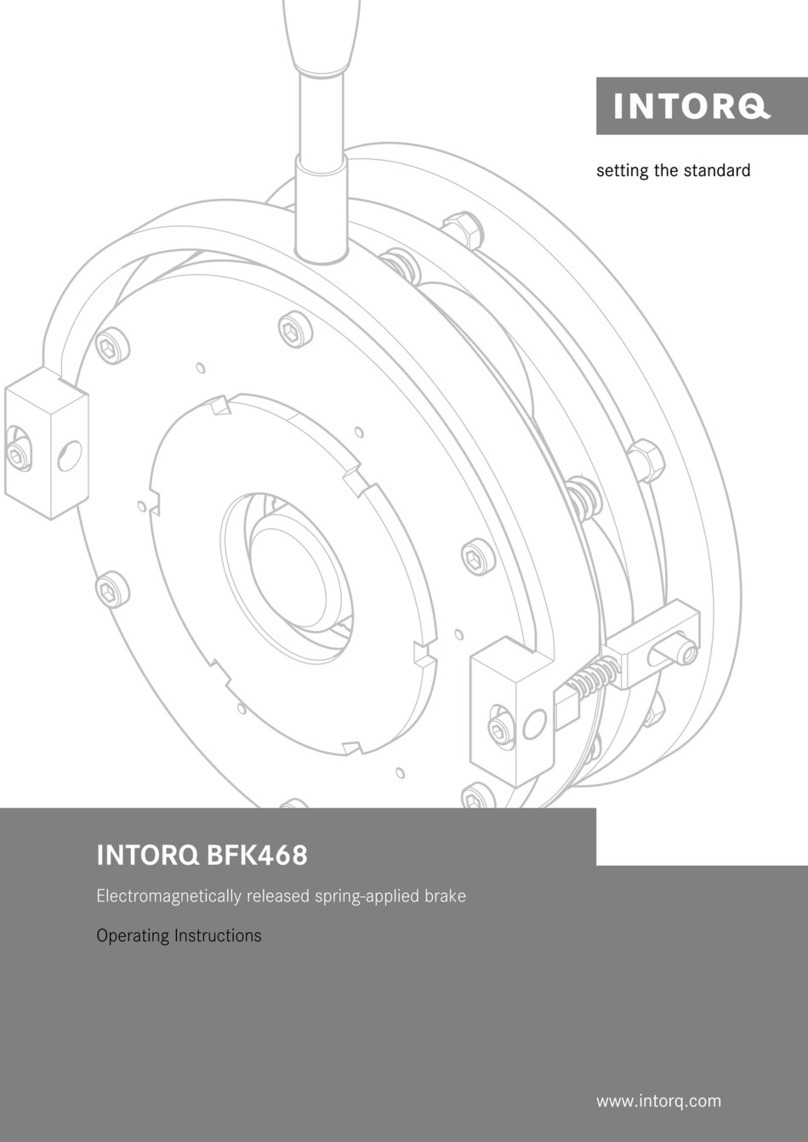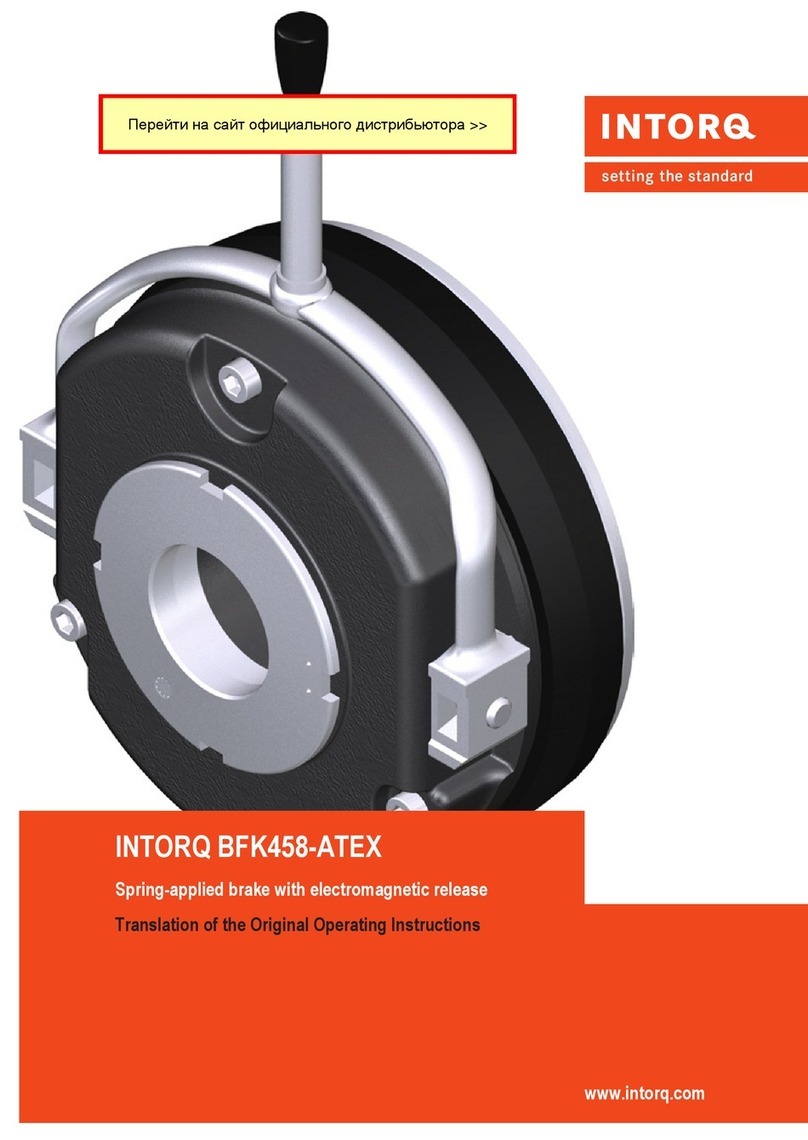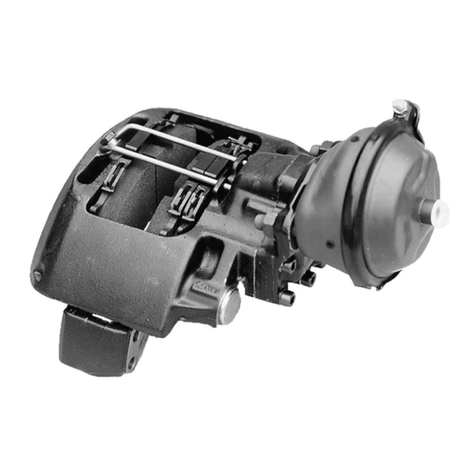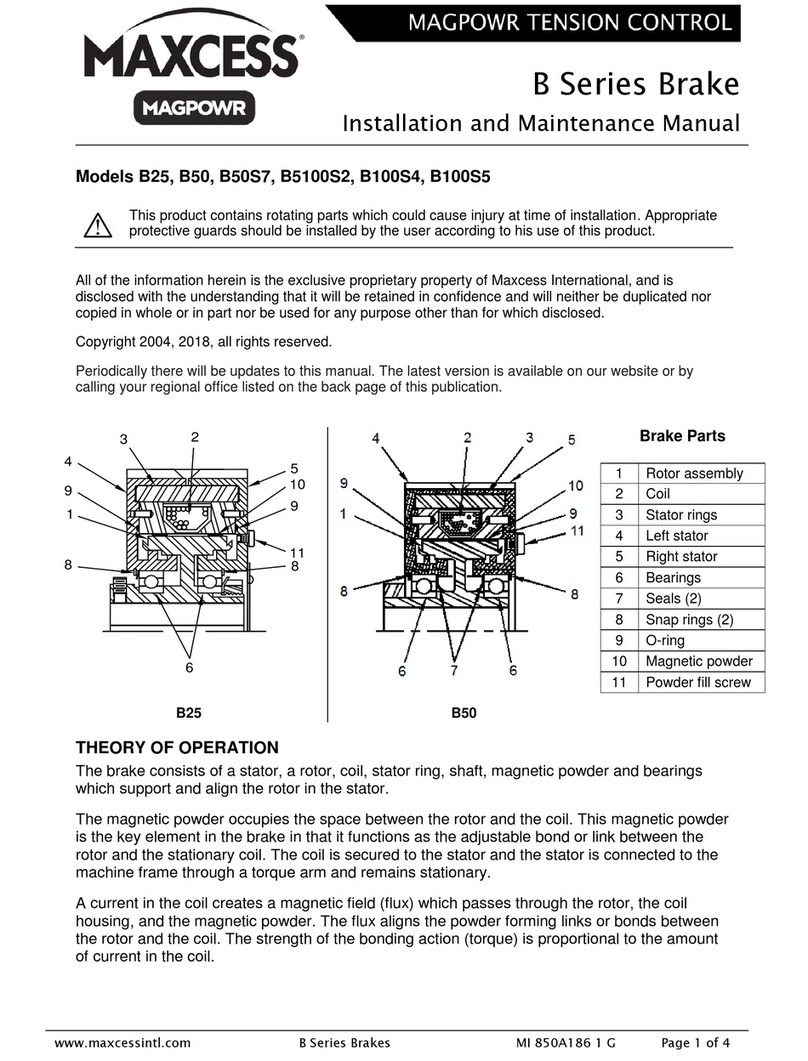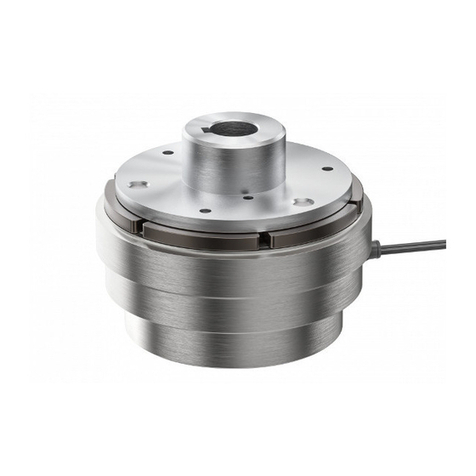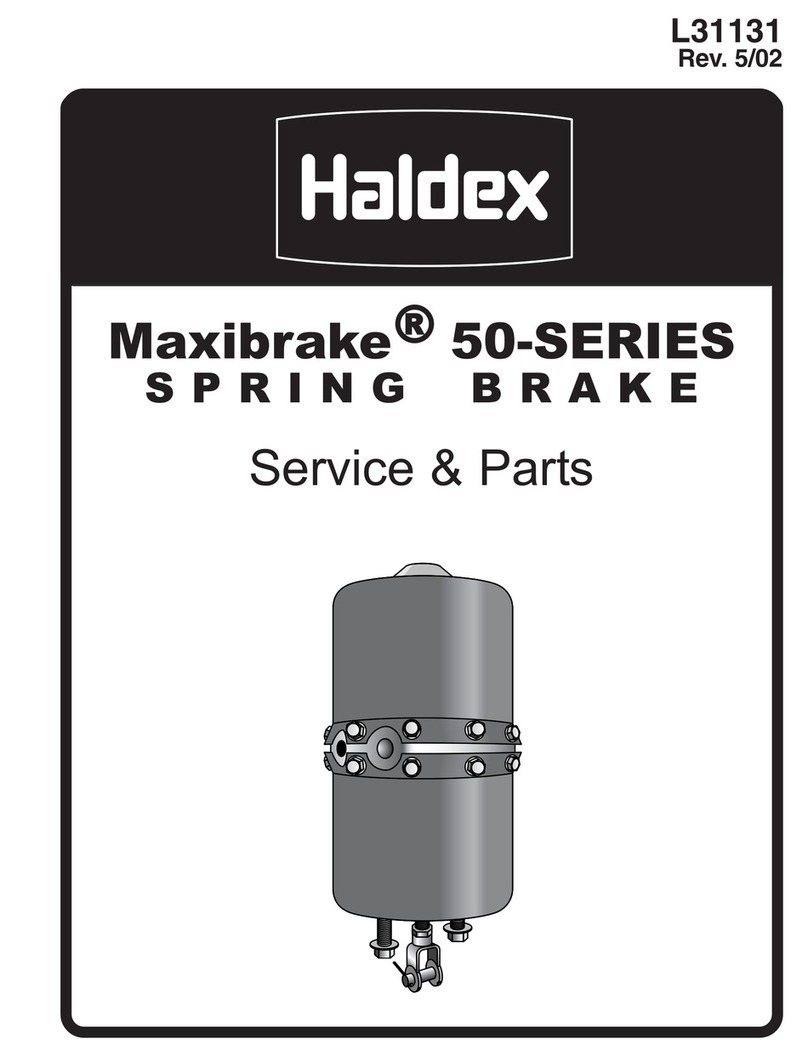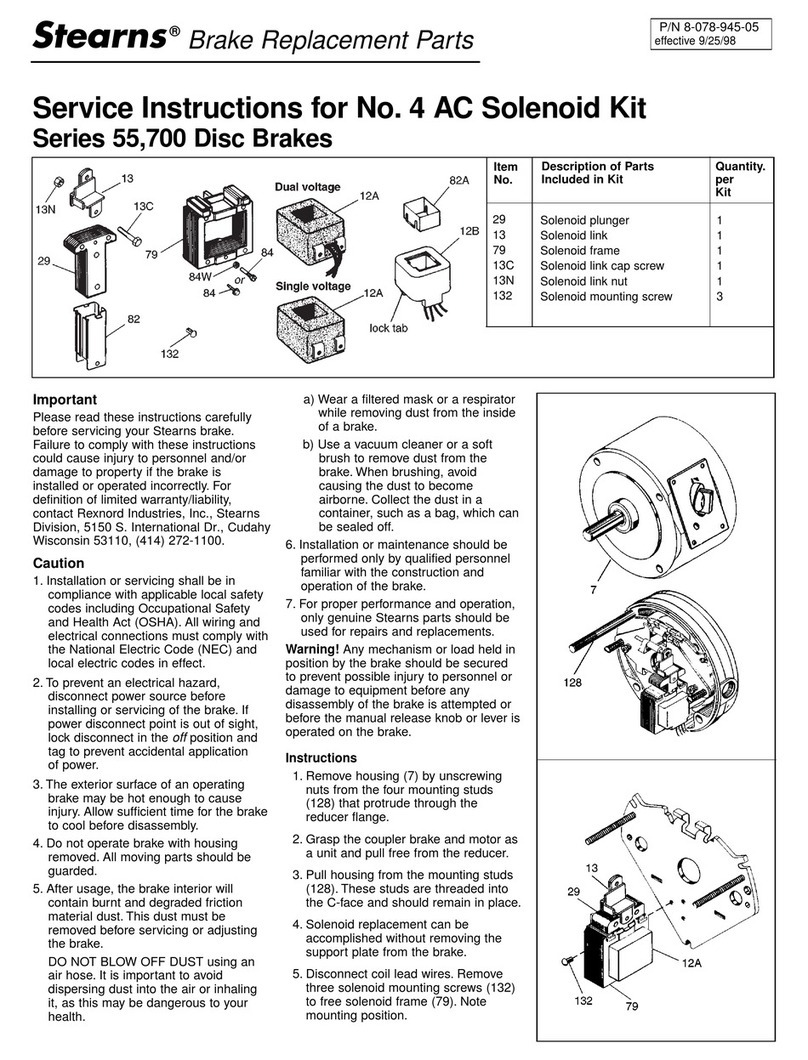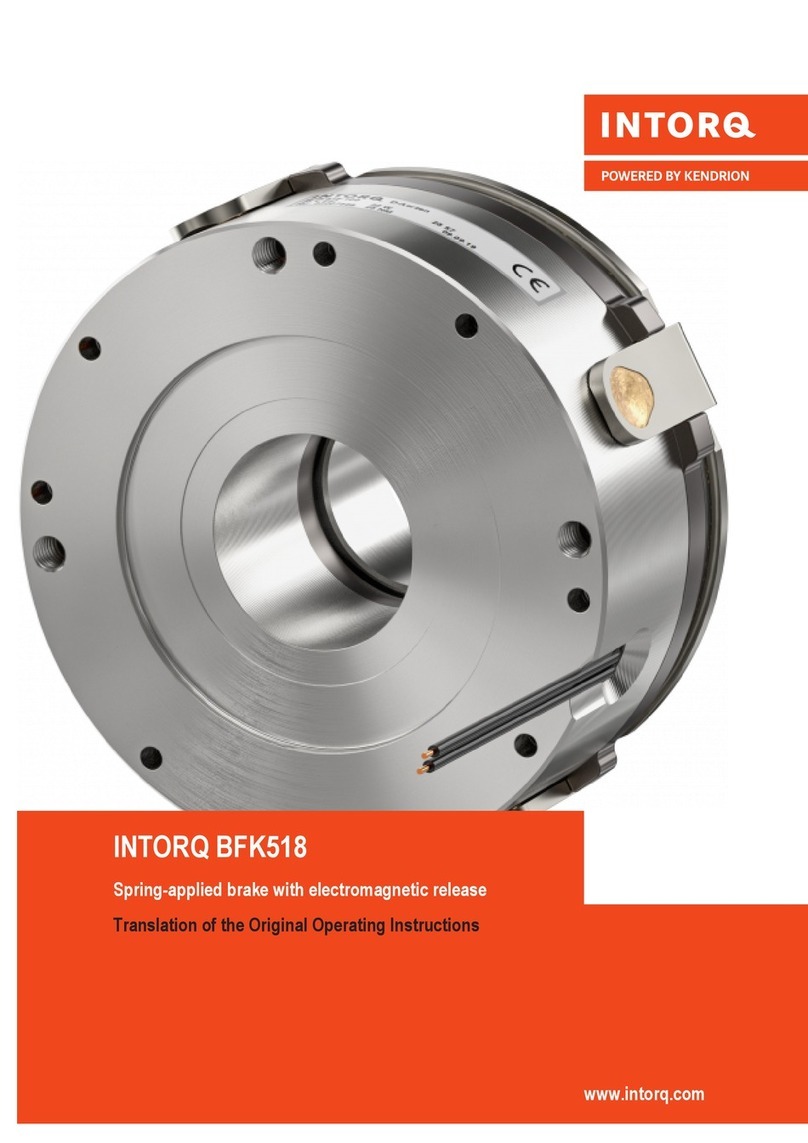
Kendrion Binder Magnete GmbH Operating Instructions 76 ..P..B00 Last updated: 30 Dec. 2009 Page 2
Contents
1. General information .............................................................................................................................. 3
1.1 Introduction ............................................................................................................................................ 3
1.2 Standards and directives ....................................................................................................................... 3
1.3 EC Declaration of Conformity ................................................................................................................ 3
1.4 Declaration of Incorporation
(in accordance with Annex II, part 1, Section B of Machinery Directive 2006/42/EC)........................... 4
1.5 Manufacturer's liability ........................................................................................................................... 4
2. Product description .............................................................................................................................. 5
2.1 Operating principle................................................................................................................................. 5
2.2 Structure ................................................................................................................................................ 5
3. Installation.............................................................................................................................................. 7
3.1 Mechanical installation........................................................................................................................... 7
3.2 Installation of the hand release (29) (brakes types with hand release)................................................. 8
3.3 Electrical connection and operation....................................................................................................... 9
3.3.1 AC power supply ......................................................................................................................... 10
3.3.2 Microswitch (13) and thermoswitch (11 and 12) connection....................................................... 12
3.4 Electromagnetic compatibility .............................................................................................................. 14
3.5 Set-up and start-up .............................................................................................................................. 16
3.6 M2 rated torque adjustments ................................................................................................................ 17
4. Maintenance......................................................................................................................................... 18
4.1 Checks and service ............................................................................................................................. 18
4.2 Spare parts and accessories ............................................................................................................... 21
5. Condition at delivery........................................................................................................................... 21
6. Emissions............................................................................................................................................. 21
6.1 Noise.................................................................................................................................................... 21
6.2 Heat ..................................................................................................................................................... 21
7. Troubleshooting.................................................................................................................................. 22
8. Safety.................................................................................................................................................... 23
8.1 Intended use ........................................................................................................................................ 23
8.2 General safety information................................................................................................................... 23
8.2.1 Set-up.......................................................................................................................................... 23
8.2.2 Set-up and start-up ..................................................................................................................... 24
8.2.3 Installation ................................................................................................................................... 24
8.2.4 Operation..................................................................................................................................... 24
8.2.5 Maintenance and repair .............................................................................................................. 24
8.3 Warning symbols ................................................................................................................................. 25
9. Definitions............................................................................................................................................ 26
10. Technical specifications..................................................................................................................... 28
11. Product versions (types).................................................................................................................... 30
12. Authorised repair shops for maintenance work .............................................................................. 30
Issued by: Kendrion Binder Magnete GmbH
Industrial Drive Systems
Replaces the issue dated: 10 June 2008
Translation of original German operating instructions issue dated: 30 December 2009

